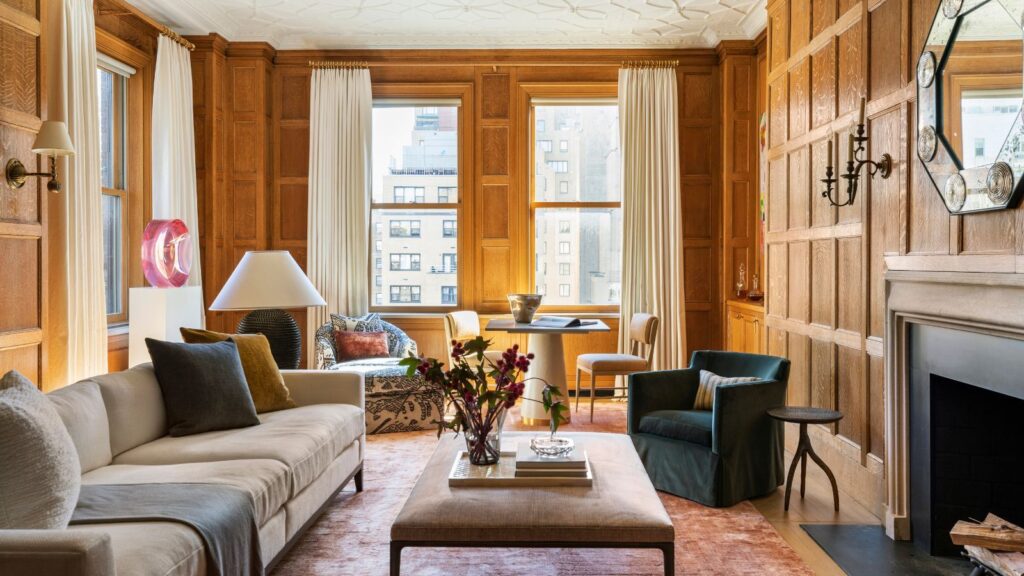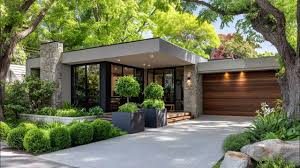Homes around the globe are getting a sleek makeover today, June 27, 2025, as the rise of minimalist home design sweeps across cities and suburbs. With clutter banished and simplicity reigning, this lifestyle trend is transforming living spaces into serene sanctuaries amid life’s chaos. From Tokyo’s compact apartments to New York’s lofty lofts, people are embracing clean lines, neutral tones, and functional furniture. Is 2025 the year minimalist living becomes the ultimate escape, or just a passing fad? Let’s step into this stylishly sparse revolution!

Minimalist home design strips life down to essentials—think open spaces, muted colors like beige and white, and furniture that doubles as art. The trend surged in 2025 as burnout from fast-paced lives pushed people to seek calm at home. In Europe, Scandinavian-inspired designs with wooden accents are trending, while in Asia, bamboo and rice-paper screens add a local twist. Social media is buzzing with #MinimalistLiving and #LessIsMore, where homeowners share before-and-after photos of decluttered rooms, inspiring a global movement. The appeal lies in reducing stress and boosting focus, with enthusiasts claiming it’s a mental reset as much as a decor choice.
The lifestyle shift is palpable. Families are ditching oversized collections for multi-purpose items—like foldable tables or storage beds—while young professionals in cities like Dubai and Sydney opt for capsule wardrobes to match their sleek interiors. DIY projects are booming, with people upcycling old pieces into minimalist masterpieces, aligning with sustainability goals. A recent spike in online searches—up 20% in the past month—shows a hunger for guides on decluttering and designing with less. Home stores are cashing in, offering modular furniture that adapts to small spaces, making minimalism accessible to all.

But it’s not without hurdles. Letting go of sentimental items can be emotional, and the initial cost of quality minimalist pieces can sting. Critics on X argue it feels cold or impractical for large families, while others praise its adaptability. Space constraints in urban areas drive the trend, but rural adopters find it harder to balance with traditional decor. As summer heat prompts indoor time in 2025, minimalist design ties into broader lifestyle shifts toward mindfulness and eco-living, with advocates pushing for a clutter-free planet.
Will 2025 solidify minimalist homes as the new norm, or will nostalgia pull us back to excess? The answer unfolds in today’s design choices, from cozy corners to airy rooms. Join the trend—this lifestyle is reshaping how we live, one empty shelf at a time!





































